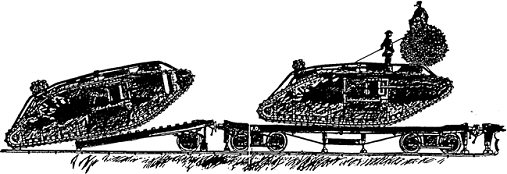INTRODUCING THE AVINGTON BRANCH
(Based on a paper by Angela Smith (nee Eden) published in the Mid-Hants News 1974: additional research by the working party).
I must confess that until recent years I did not know that a branch railway line had existed from the Didcot, Newbury and Southampton line at Winchester to Avington Park although, like many other people I suppose, I was familiar with the beehive-topped embankment near the Victoria Hospital just east of Winchester on the B.3404 road.
As editor of the newsletter for the Southampton University Industrial Archaeology Group, I asked Charles Lewis (director of the Mid-Hants Railway) to write an article on the Mid-Hants Railway for this publication and he accompanied it with a rough map of what I was to show in the area. "Abandoned line to Avington" labelled a slightly curved line branching off the D.N. and S.R. add, after enquiring, I found this was shown in a report published in Winchester on the M3 motorway. None of my maps had the line or any evidence of it. Luckily, working at the Ordnance Survey,' have access to a lot of material not available generally to the public and I was fortunate to dig up some field plots of the early 30s at 6" scale which marked most of the course of the line as "Tk of old Rly". Any missing bits were fairly easy to sketch in.
T.B. Sands (see sources) states, referring to the First World War, "....three large camps grew up at Avington Park, Winnall Down and Morn Hill in the angle formed by the D.N. and S.R. and the Alresford and Alton branch of the London and South Western Railway north east of Winchester". Robertson and Simmons (see sources) remark "more obscure is the rail link that was laid from the D.N. and S.R. north of the Winchester tunnel to serve the camps, the junction being brought into use on 20th October 1918". Both authorities state that the line was some three miles in length.
On the 6" field plot the line is easily traced to what is now Pits Farm, but this only 2.5 miles. A further mile would still not take it right into Avington Park although what would seem to be a contemporary track certainly leads in the right direction. There is a well defined north-south embankment at this point but this is pre-1900s.
The three mile point takes the line into what was, and still is partly, a wooded area, which would be popular with the military for the concealment of ammunition dumps from aerial observation.
That is all the historical data I can offer. Geographically I can explain things perhaps a little more from map evidence and from visits.
The junction with the D.N. and S.R. is a little north of the tunnel in Winchester, which is now the middle of a housing estate, (SU 490298). A slight curve to the eastern fence just north of a footbridge is the only remaining sign of this. A childrens' play area lies on the course of the line in this large estate which has obliterated the first 1/4 mile or so of the single-track branch. It seems to have been in a slight cutting along this portion which was later used as a track before the builders arrived. This track continues on the east side of the A34 after passing under it, and goes in a slightly north of east direction for 1/4 mile before gradually curving southwards to pass west of Winnall Down Farm. Another curve eastwards takes it parallel to the B3404, with the siding to Victoria Hospital coming off at the southernmost extreme (approx. SU 507296). It is impossible to tell from the map exactly the course of this curve or most of the siding, but it would appear from the angle of the existing embankment that the engine would have to reverse towards the hospital if it was running engine-first from Winchester. After the line crossed a minor road, a farm now on part of it, a slight but very clear embankment can be seen taking the line parallel with this road in a N.E. direction.
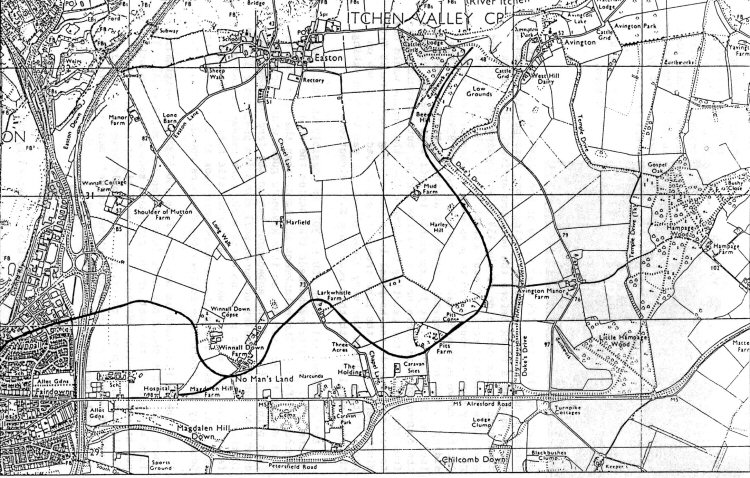
Construction work on the camp line from the DN & S to Morn Hill, shown here curving around Winnall Down in 1918. The labour was provided by American servicemen.
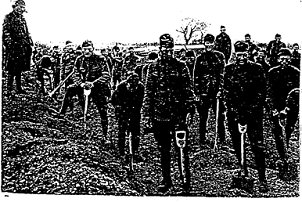
Imperial War Museum.
Beside Larkwhistle Farm (SU 515302) is possibly the best remains on the line. A large embankment lies beside the road and curves behind the farm. The embankment is higher than the road, but not high enough to go over it, so it's anyone's guess what happened at this point! Part of the embankment behind the farm has been cut down flat and the chalky coloured soil shows its progress a little further. From this point no earth-works were necessary and only a few bushes show where it was. At Larkwhistle Farm the line turned to a S.E. direction and then a sharp bend took it to N.E. once more. Generally the whole line follows the contours round.
At the 2.5 mile mark is now Pits Farm (SU 523298). Originally, there had been a chalk pit here (now hidden in a small wood). The farm was just to the west of the pit where some of the farm outhouses now stand. The line skirted the southern tip of the pit. A continuation from here to Avington Park would have taken a slightly north of north-east direction and then curved round to north and north-west, depending on how far it went.
Angela Smith, October-1995.
Some further information has been uncovered by the working party:-
The two most common types of locomotives used on the railway. Based at the engine shed at Bar End, Winchester, they were built by Baldwins (U.S.A.) and worked by the Railway Operating. Department of the United States Army for the forces of the American Expeditionary Force and the allied servicemen using the railway. Technical information may be found in Railways and War (see sources).
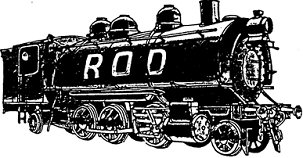
Baldwin 2-6-2T U.S.A. for U.K.
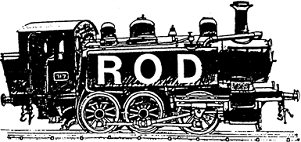
Baldwin 0-6-0T, U.S.A. for U.K.
from F. S. Williams' Our Iron Roads:
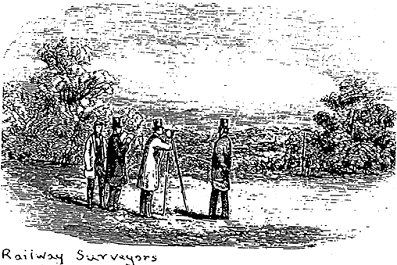
Robertson and Simmons reveal that the first mention of rail access to the camps comes in a letter of 29th April 1918 from the General Manager of the G.W.R. to a Mr. Beresford-Turner, in that consideration was being given to using the DN & SR for the passage of heavy traffic to and from the camps. He went on to say that the War Office had concluded that the original scheme for access - was too elaborate and costly, but tantalisingly no records to detail this first proposal appear to have survived.
About 270,000 servicemen were accommodated at the three main camps, the men being of varying nationalities, but primarily Americans. A large contingent of these was responsible for the construction of the railway itself. The line was used for the delivery of military supplies, provender for the numerous horses, and coal and flour for the bakery at Winnall Down Camp, which itself supplied the other establishments. Here especially, employment was provided for many local civilians, both women and youths engaged on canteen and general domestic duties.
As demobilisation of men returning from the front drew to a close, the camps were drastically reduced in size and the usefulness of the railway began to decline. By late 1920 it was out of use although the rails were not lifted until three years later. Although its history was brief it was not without incident as on one occasion a local man was killed in an accident involving some bricklaying work in connection with the railway during 1919. The steep climb from the junction with the DN & SR across the Winnall Downs and around the back of Victoria Hospital was the cause of another incident when sixteen wagons ran back after the brakes had failed, finishing up in a tangled mess at the catch point by the junction, fortunately on this occasion without human injury. With the camps out of use, the buildings, mainly of corrugated construction, were sold off. Many of these sales were conducted by the Auctioneers James Harris, and proved to be a popular venture for the local citizens, for several purchased buildings which were later transported to the Springvale area for re-erection in a different form as bungalows, others finding a similar role at Monkwood near Ropley.
It is quite amazing exactly how much of this small temporary branch line has remained to the present day although completion of the M3 motorway has taken another chunk out of it and probably some time in the future Winchester will expand further.
We wonder how many other railway lines like this are waiting for someone to explore them?
Sources:The Ordnance Survey
Didcot, Newbury and Southampton Railway. T.B. Sands Oakwood Press 1975.
The Railways of Winchester. Kevin Robertson and Roger Simmonds. Platform 5 Publishing Ltd, 1988 Railways and War before 1918. Denis Bishop and W.J.K. Davies. Blandford Press 1972.
The Mid-Hants News.
Museum of Army Transport, Beverley, East Riding. Avington residents' folklore.
